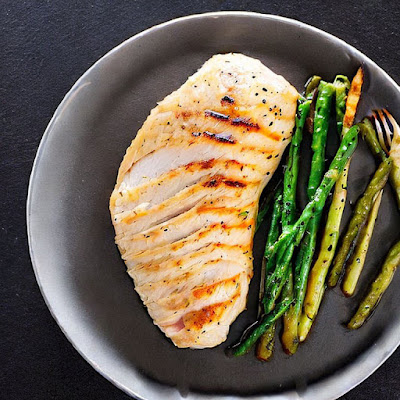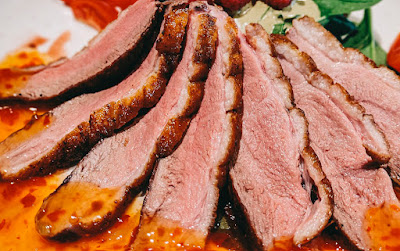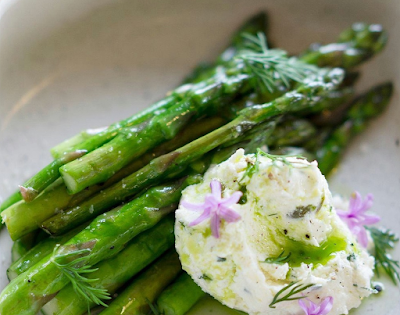Sous vide cooking is a method of cooking in which food is placed in a vacuum-sealed bag and then cooked in a water bath at a precisely controlled temperature.
One of the key benefits of this cooking method is that it allows for very precise temperature control, which makes it possible to cook food to a very specific level of doneness without the risk of overcooking or undercooking. This will result in more consistent and flavorful dishes.
Additionally, sous vide cooking also allows for pasteurization by bringing the food to a temperature hot enough for a period of time to kill off any harmful bacteria, this also allows for cooking tough cut of meats to be cooked for longer than traditional methods resulting in tender meats.
Why is there a time range for sous vide cooking?
The length of time required to cook food sous vide depends on a variety of factors, including the type of food being cooked, its thickness, and its desired level of doneness. In general, the cook time will be longer for thicker cuts of meat, and for foods that are desired to be cooked to a higher level of doneness.
For example, cooking a beef steak sous vide for two hours at 131°F (55°C) will result in a medium-rare steak, while cooking the same steak for three hours at 131°F (55°C) will result in a medium steak. This is because the longer the food is cooked, the more the proteins in the food will denature and coagulate, which can change the texture and taste of the food.
The key to sous vide cooking is the ability to maintain a very precise and consistent temperature in the water bath. This is typically done using a sous vide immersion circulator, which continuously circulates the water in the bath to ensure that the temperature is evenly distributed throughout.
Since heat is transferred to the food solely through conduction, and because the temperature of the water bath is held constant, the rate at which the food cooks is dependent on the thermal properties of the food itself. In general, denser, larger, and thicker foods will take longer to cook than lighter, smaller, and thinner foods.
For meat, the time to reach your desired doneness will depend on factors such as the thickness of the cut, the desired level of doneness, and the starting temperature of the meat. Meats that are cooked sous vide are typically cooked at a lower temperature than they would be if cooked using traditional methods, because the precision of the temperature control in sous vide cooking allows for a wider range of doneness options.
For example, a lamb steak that is traditionally cooked at a high temperature to achieve a seared crust and medium-rare center would be cooked sous vide at a lower temperature for a longer period of time to achieve the same level of doneness.
On the contrary, a steak that is traditionally cooked at a low temperature for a long period of time to achieve a more well-done center would be cooked sous vide at a higher temperature for a shorter period of time to achieve the same level of doneness.
Here is a link to complete and accurate cooking time for sous vide based on the desired level of doneness:
Accurate Sous Vide Cooking Times- PDF Free Download (Sous Vide Cooking Times Chart JPEG Printable Version)
Commonly, the cook time for meats or fish cooked sous vide will range from several minutes for thin cuts such as a steak to several hours for thicker cuts such as a brisket. The ideal temperature and cook time for a particular cut of meat or fish can be found in the many cookbooks such as Sous Vide at Home: The Modern Technique for Perfectly Cooked Meals and online resources that are dedicated to sous vide cooking.







No comments:
Post a Comment